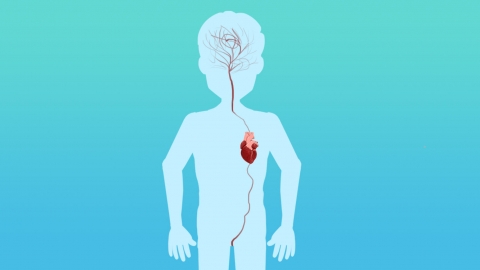Do you still need to have a stent placed after receiving the lipid vaccine?
Receiving a lipid-lowering vaccine does not necessarily mean that a stent placement is required. Lipid vaccines are primarily used as an adjunct to help control blood lipid levels, whereas the decision to place a stent depends on the degree of vascular narrowing, symptoms, and lesion stability. These two interventions address different issues and are not directly causally related. If chest pain, chest tightness, or shortness of breath during activity worsens, prompt medical evaluation is recommended.

In terms of how lipid vaccines work, current formulations mainly assist in lowering blood lipids by regulating metabolism and slowing the progression of atherosclerosis, but they cannot reverse already established severe vascular narrowing or plaques. It is considered an auxiliary approach to lipid management and cannot replace direct assessment and treatment of vascular lesions.
Stents are primarily indicated for significant vessel narrowing (typically over 70%) that impairs blood flow and causes myocardial ischemia, or when plaques are unstable and at risk of rupture. The goal is to open up narrowed vessels and restore normal blood flow. If severe vascular narrowing already exists before receiving the lipid vaccine, or if the disease progresses to meet stent criteria later, stent implantation may still be necessary based on clinical needs.
Daily management should include adherence to a low-salt, low-fat diet, moderate physical activities such as walking or tai chi, maintaining emotional stability, avoiding excessive fatigue, and regularly monitoring blood lipid and blood pressure levels. Developing healthy lifestyle habits supports long-term vascular health.




